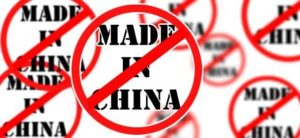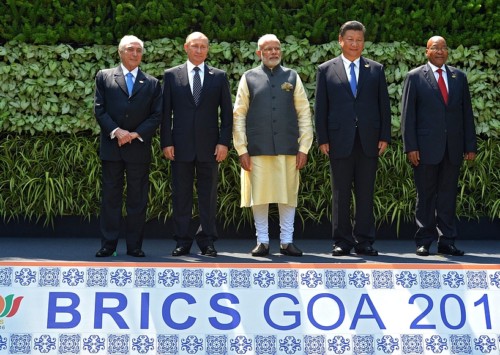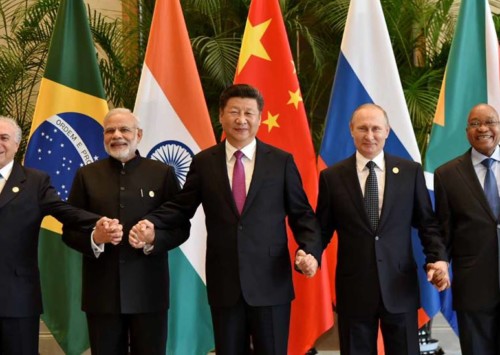Call for boycott of Chinese goods gaining popularity in India
As a social media call for boycotting Chinese goods in India gains impetus, many are pointing out the impracticality and harm it entails to business in India.
The last few months in India have created a general atmosphere of conversations around the idea of nationalism and intense debates regarding its meaning and how it is translated into practice. Among these ideas, a recent drive to boycott Chinese goods intensified with the Diwali festival which sees a high purchase of fire crackers and other goods from China. The supporters of the boycott claim the escalating tensions between India and Pakistan not having seen Chinese support for India as a decisive factor for assessing Indo-China relations. The relations between the two countries has been historically complex in terms of cultural and geographical disputes. However, India and China maintain a strong trade relation despite the same, and boycotting Chinese goods would severely impact business. “China has become India’s largest trading partner, source of imports and fourth largest export market. Moreover, India is China’s largest trading partner in South Asia and ninth largest export market in the world,” the Chinese embassy asserted in a statement.
As reported by the Chinese embassy, trade between the two countries has grown 24 times in 15 years, from EUR 2.6 billion in 2000 to EUR 64.5 billion in 2015, highlighting the quantum of trade between the two neighbours. Imports from China range from building hardware to lighting and electric fittings, as well as consumer electronics and numerous gift items. China also suggested that such a move would affect both India-bound investments as well as bilateral relations between the countries, with India standing to lose more than China, due to its large economic dependency. The exports to India accounted for only 2 pc of China’s total exports and India’s boycott of Chinese goods will not have much impact on China’s economy. “China is more concerned that the boycott will negatively affect Chinese enterprises to invest in India and the bilateral cooperation will face a setback, which both Chinese and Indian people are not willing to see,” the statement said.
Call for boycott questioned
Even as support for the boycott campaign inflates heavily on social media, the national government has maintained its distance from it. Indian Prime Minister, Narendra Modi, has been pushing for increased trade links with China, with a series of agreements being signed in May and September this year, some of them focussing on enhancing trade relations.
The Confederation of All India Traders (CAIT) has claimed that there was a 60 pc dip in the sales of Chinese goods this Diwali, and a CAIT spokesperson added, “Realising the mood among the people because of the social media campaign, traders across the country were seen to be reluctant in displaying Chinese goods on the counter and some traders had even put ‘Make in India’ boards at their business establishments to woo customers.” Some prominent figures such as the yogi and the entrepreneur, Baba Ramdev, hailed the boycott as an important step in promoting the country’s interests and local business, but the call for boycott found critics as well.
Baba Ramdev took to twitter to share his views on the boycott, using his iPhone to tweet, which was also a cause for criticism of his views.
Tweeting from an iPhone made in China, Baba Ramdev asks everybody to boycott Chinese products. That’s Patanjali flavoured hypocrisy for you. pic.twitter.com/Y4Ugvem7mh
— Truth Of Gujarat (@TruthOfGujarat) October 20, 2016
Subtly hinting at the large volume of trade that India partakes in with China, a netizen joked on Twitter.
Looking at the outrage, China must have already started mass-production of stickers that say “Boycott Chinese Products” for export to India.
— Gabru Tippler (@MrTippler) October 27, 2016
In a post-globalised world where economies such as India and China heavily rely on each other, the true significance and consequence of a call for boycott becomes questionable. How successful the call for boycott of Chinese goods has been and the projected impact of the same remains to be seen in India.












